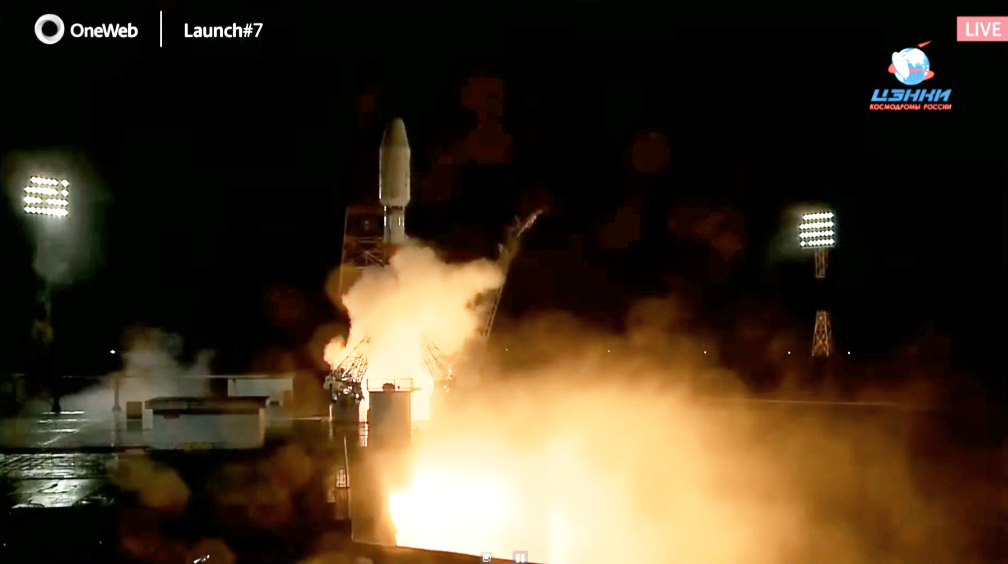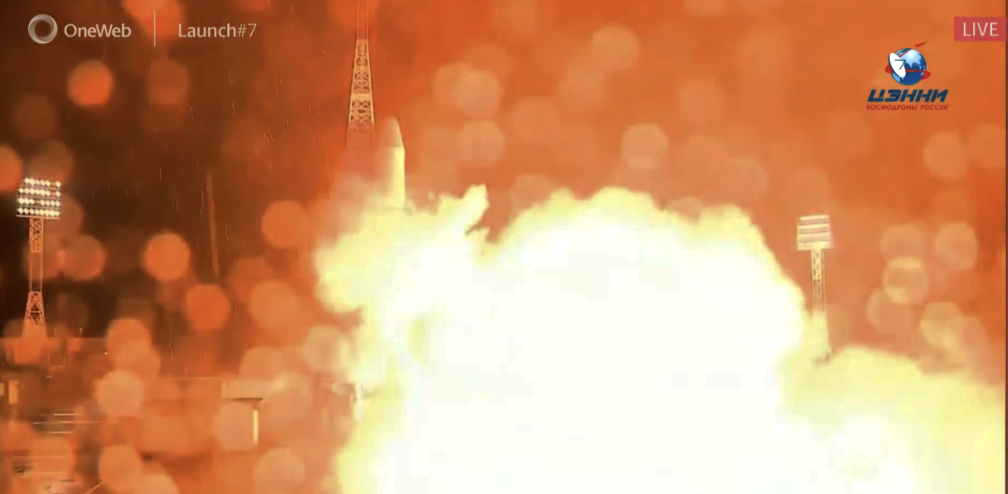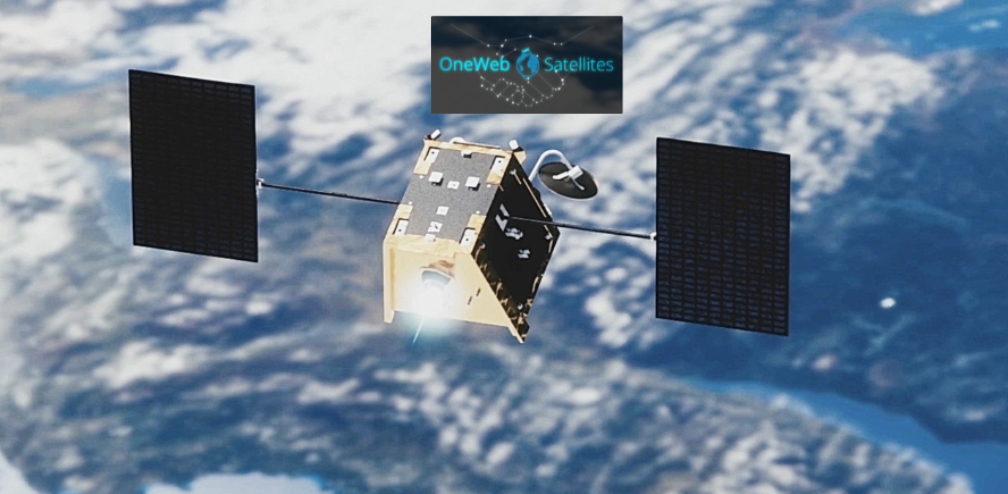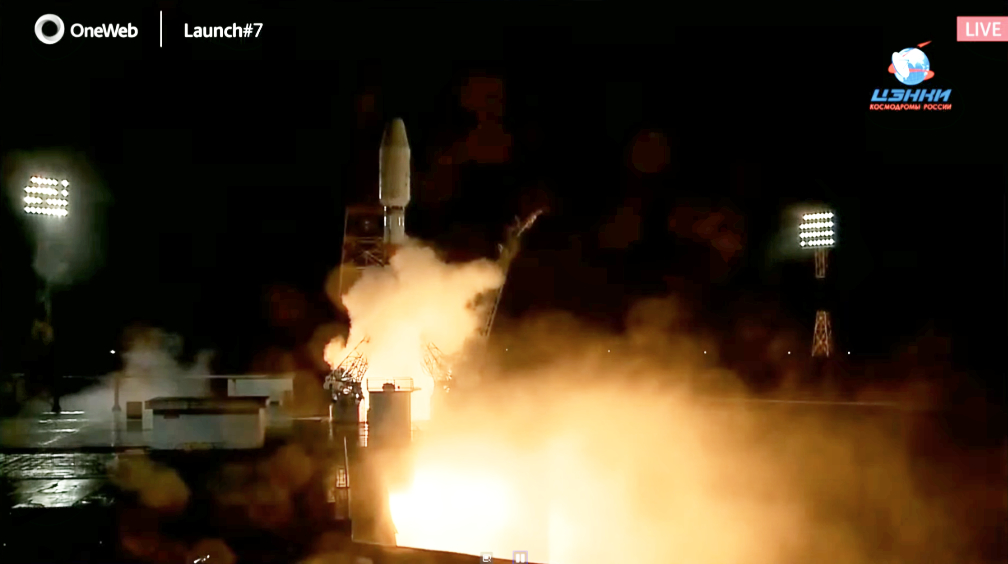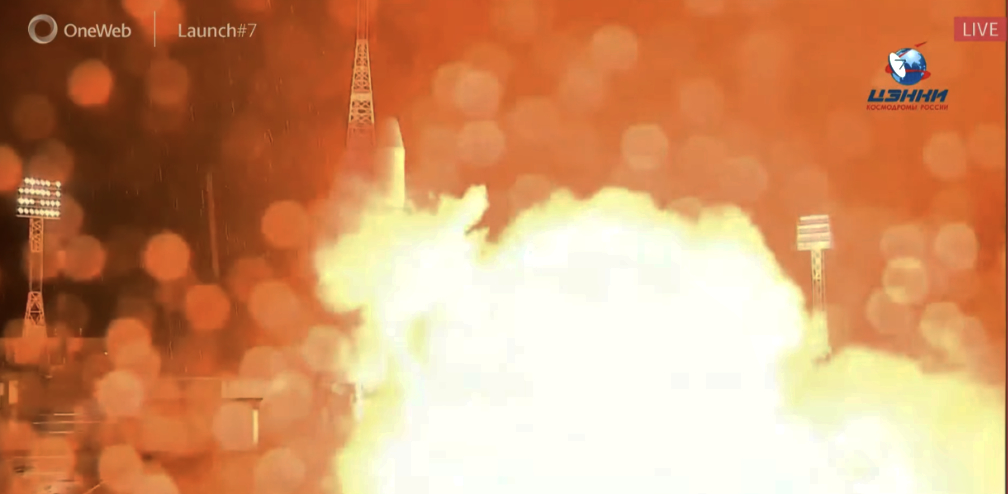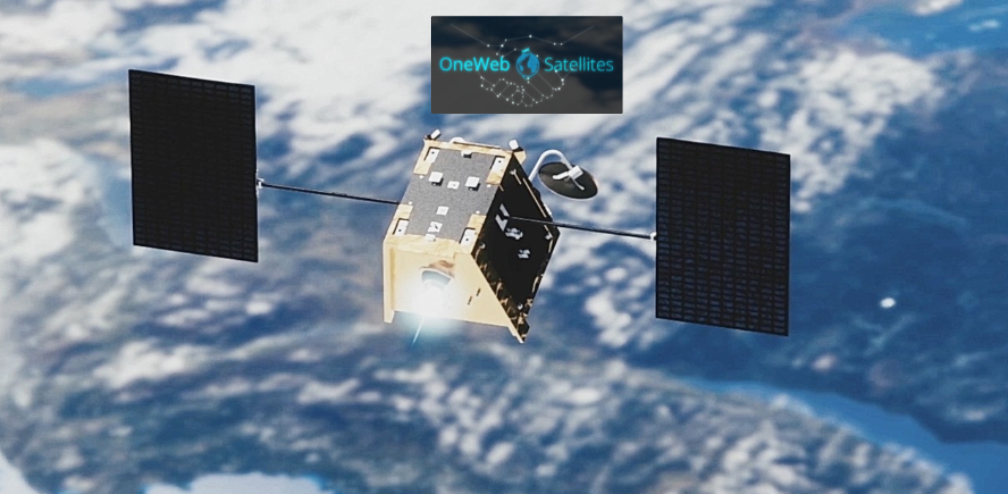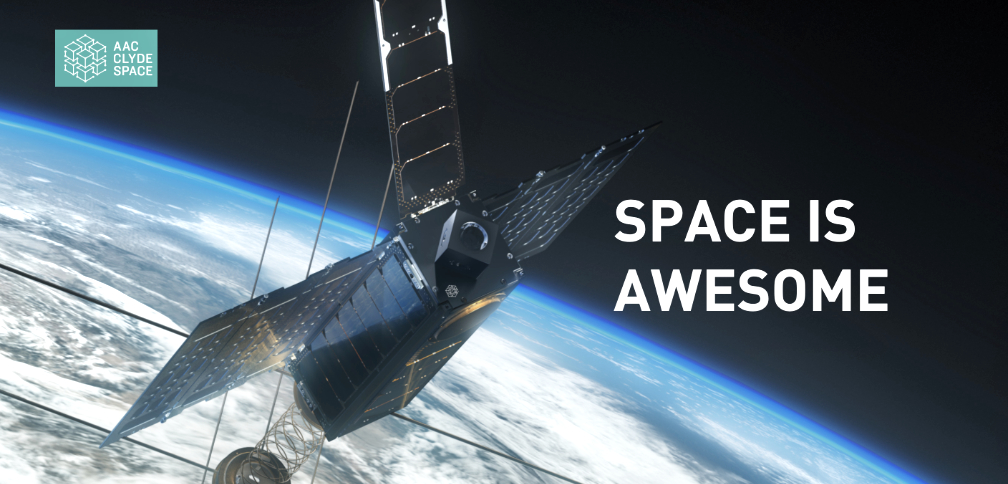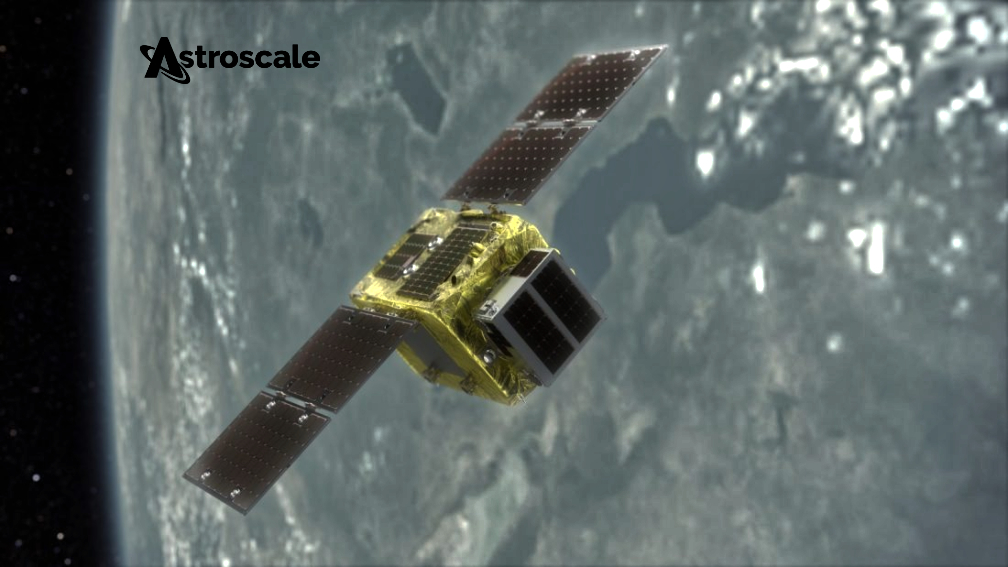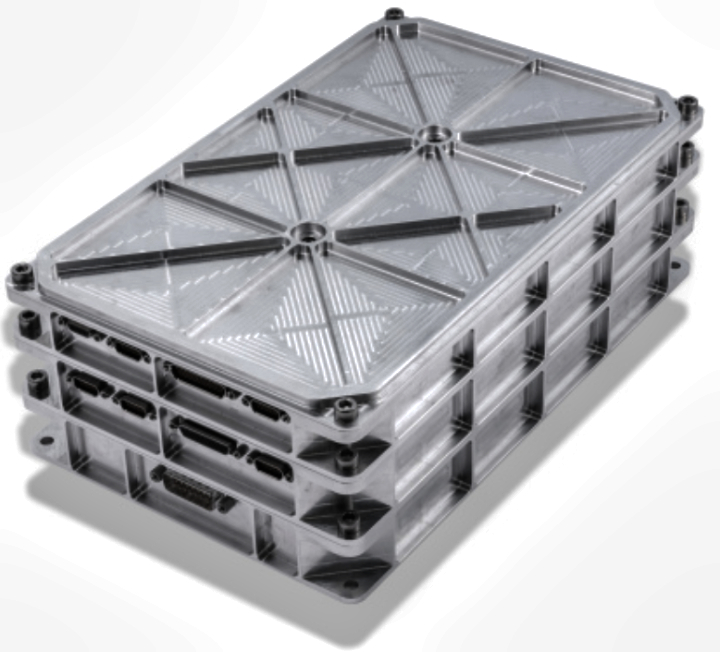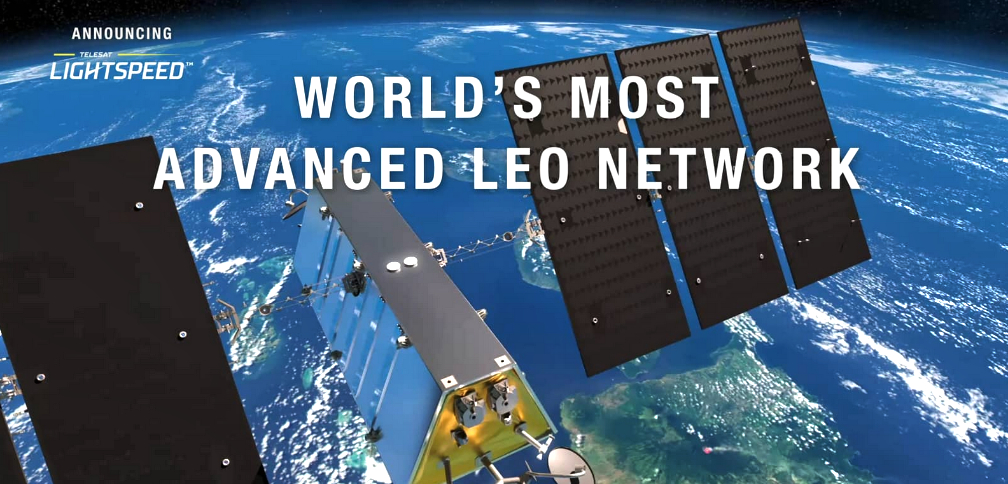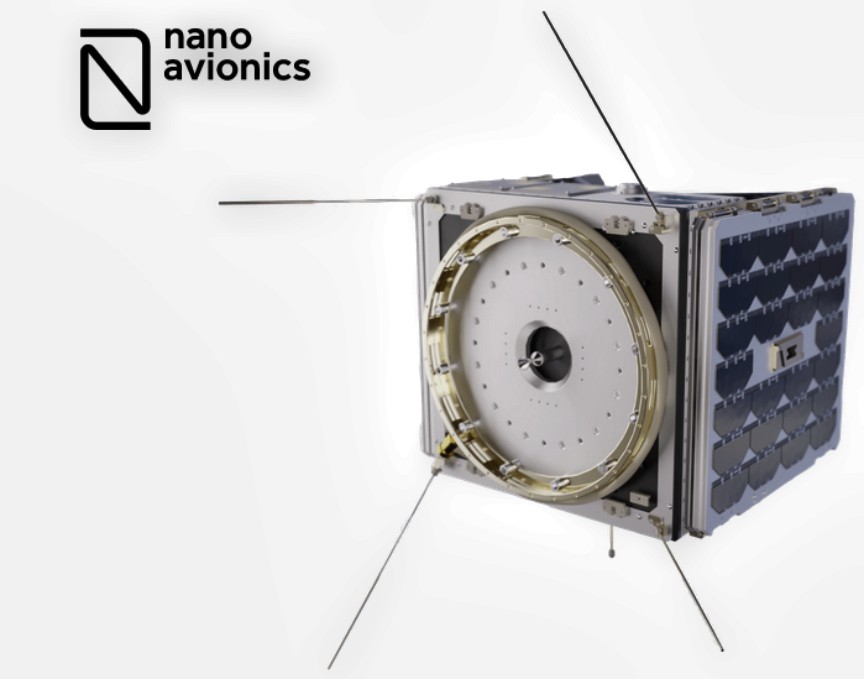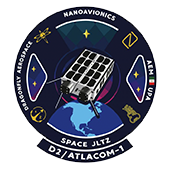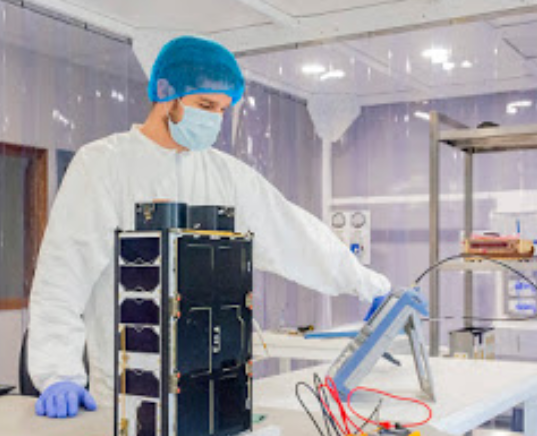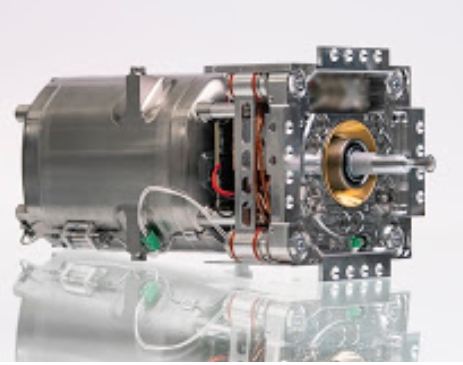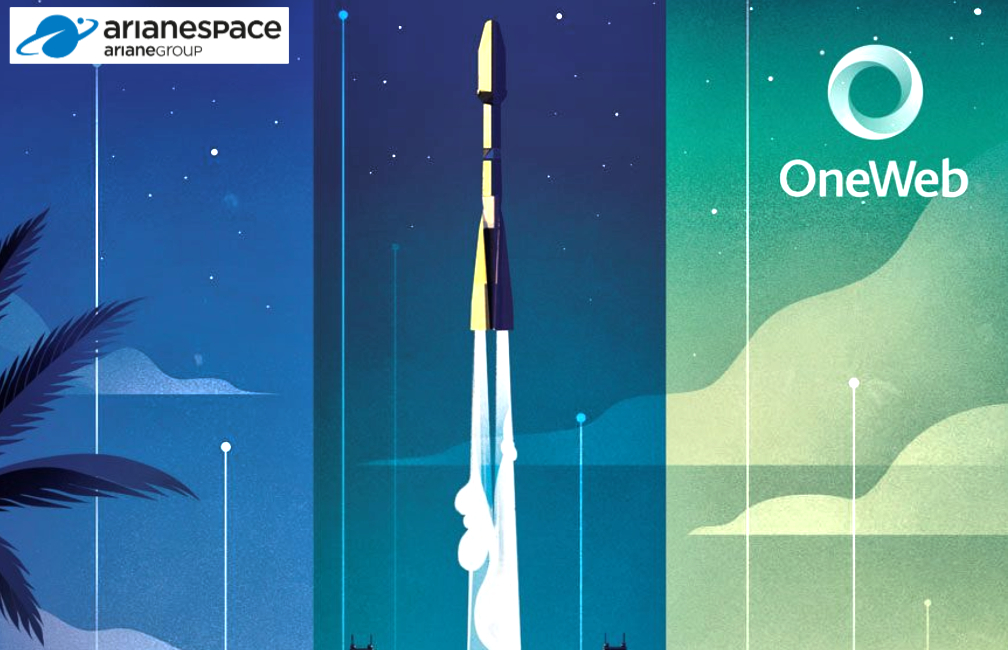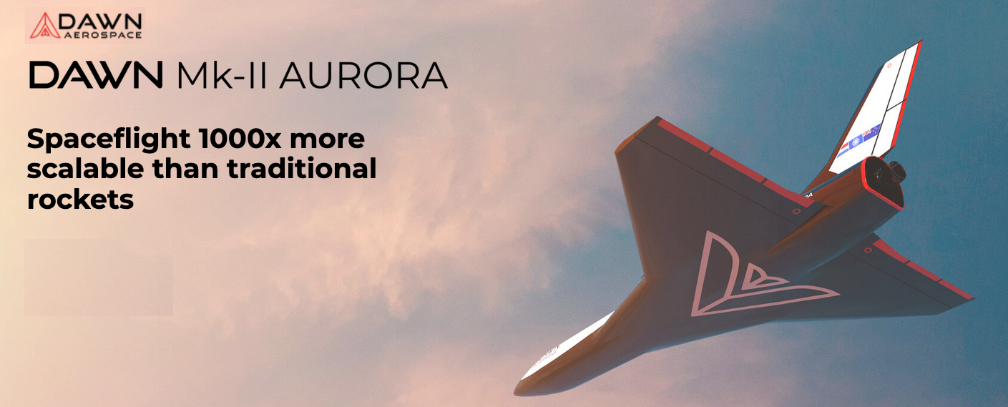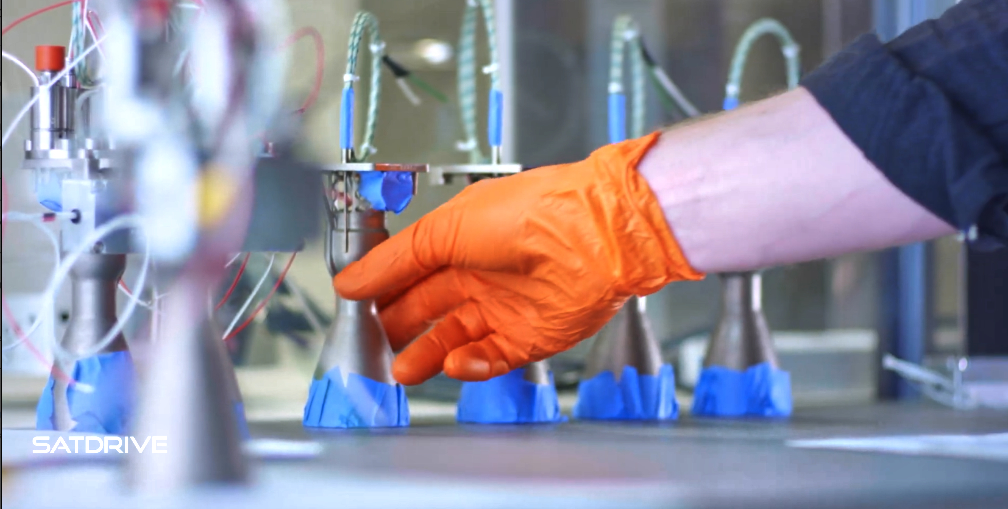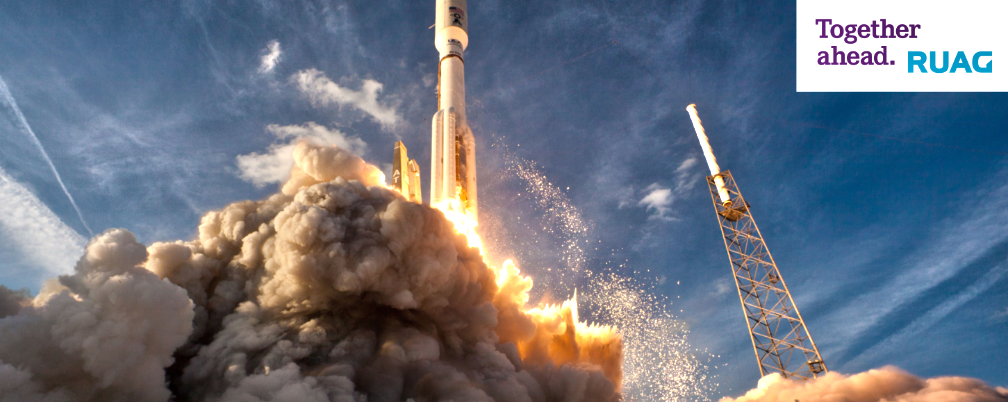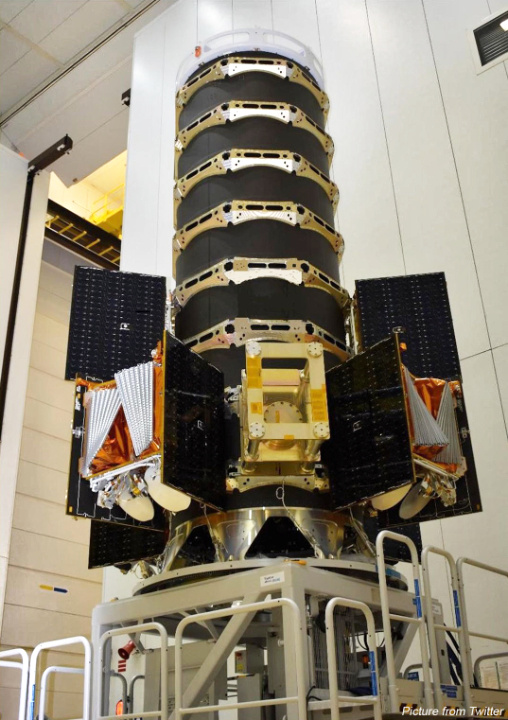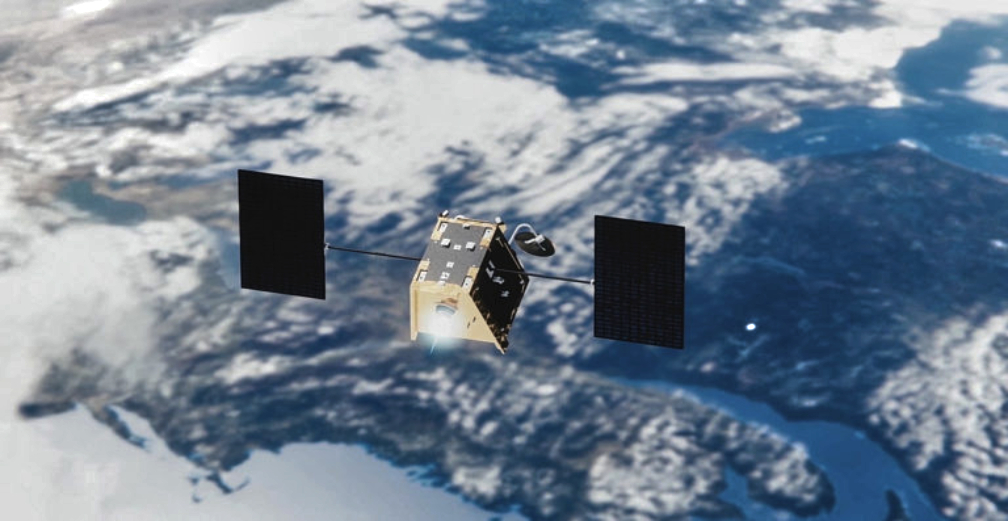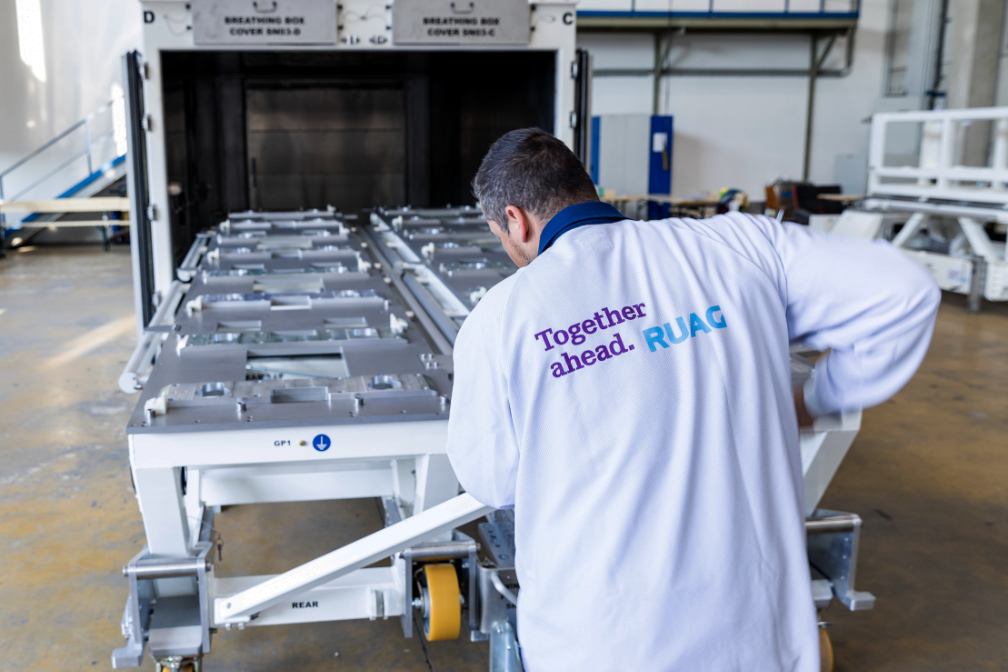

GomSpace has been selected to develop advanced satellites for global air traffic management by Indra and Enaire’s Startical consortium.
The global technology and consulting company Indra in Spain and the Spanish Air Navigational Service Provider (ANSP) Enaire has selected GomSpace A/S to deliver a large-scale development and demonstration project including the launch of three dedicated In Orbit Demonstration (IOD) smallsats.

The contract GomSpace disclosed on May 10 with Indra, which is estimated to be at a value of 14.5 million euros, is regarding the Startical project that was announced by Indra and Enaire on May 18.
The project is part of Indra and Enaire’s plan to establish a novel global air traffic management service from space, allowing aircraft everywhere to coordinate with air traffic managers using VHF and ADS-B technologies. Read the press release at this direct link…
Launch of the first demonstration satellite is scheduled for late 2022. The last two satellites are scheduled to be launched in late 2023.
“This is a truly transformative project for GomSpace, and we are very proud to be the technology partner for this demonstration project based on nanosatellite technology, where we can make use of our prior knowledge on tracking aircrafts with nanosatellites,” said Niels Buus, CEO at GomSpace.

